Engineering, Creativity Hub
IDEAS Abound in NIBIB Lab
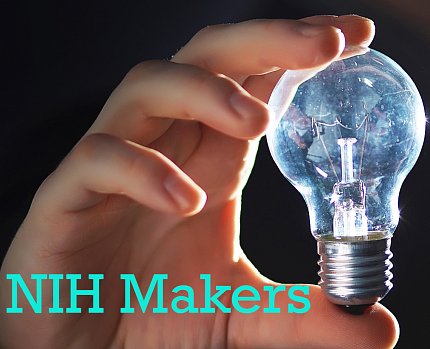
Photo: ALEX KICH/SHUTTERSHOCK
This story is part of an ongoing series on NIH Makers.
Imagine you’re an NIH scientist who needs a specific instrument or software program for an unconventional experiment or method, but that laboratory ‘tool’ doesn’t exist yet. Luckily, the National Institute of Biomedical Imaging and Bioengineering (NIBIB) has a resource that can help.

Photo: NIBIB
The Instrumentation Development and Engineering Application Solutions (IDEAS) lab is the central, on-campus engineering resource within the Intramural Research Program (IRP). Established in 1995 by lab chief and electrical engineer Tom Pohida, IDEAS is a go-to resource for NIH researchers looking to develop novel biomedical laboratory and clinical research enabling systems, instrumentation and methodologies. The lab has collaborated, truly hand-in-hand, with investigators to build and test first-of-a-kind technologies, many leading to NIH Director funding awards, patents, publications and other means of sharing innovations.
How did IDEAS begin? “It’s kind of an interesting story,” said Pohida. He started at NIH in the former National Center for Research Resources Biomedical Engineering and Instrumentation Program’s electrical engineering group in 1992, but the group was disbanded several years later. A subcommittee of scientific directors expressed their dismay, saying “the loss of in-house [engineering] capability has adversely affected intramural research.”
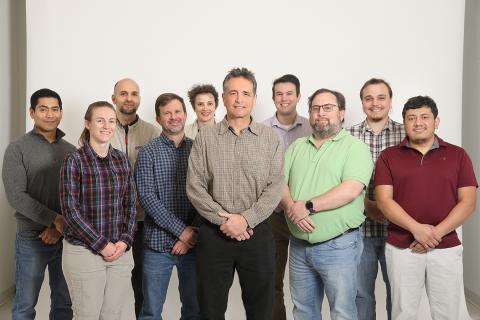
Photo: NIBIB
Pohida set up shop in his home garage and got to work (with young daughters in tow) designing and building novel instruments and developing software on a volunteer basis, after his NIH hours working in other disciplines. Several scientific directors learned of his evening and weekend efforts and gave him permission to set up an on-campus engineering lab, and thus, IDEAS was born.
“[The lab] has grown organically over the years” to meet technology development needs as NIH IRP scientists propose collaborations, Pohida said. “We stay up to date on modern engineering design and prototyping methods, and try to foresee how these capabilities can be applied to facilitate research at NIH.”
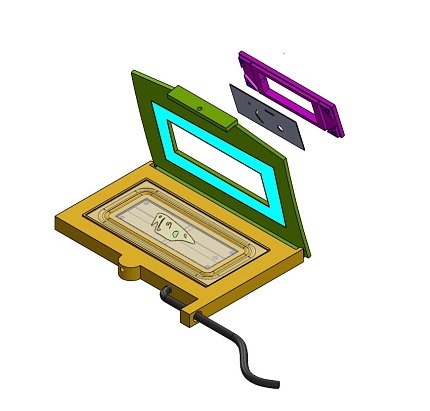
Photo: NIBIB
IDEAS has collaborated with nearly all institutes and centers on hundreds of IRP advances, and they often foster multiple ICs working on projects together. The number of IDEAS/IRP collaborations continues to increase every year.
Pohida also wanted to emphasize that the value or impact of an IDEAS’ innovation is far more than just patentability. “We consider an engineering development a success if the work enables an IRP investigator to further their laboratory or clinical research in ways otherwise not possible,” he explained.
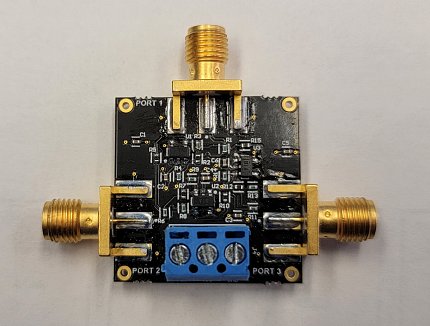
Photo: NIBIB
IDEAS also has a robust intern program. “Many of our full-time staff began their NIH careers as student trainees,” Pohida said. “Most years, our IDEAS full-time staff are outnumbered by trainees.”
Appreciating his talented IDEAS staff, he said, “I point [them] in a general direction, and then they do wonders in engineering design, prototyping and research in labs all over campus.”
What draws so many people to the lab? “The opportunities and available resources to be creative, explore new ideas and contribute to impactful research are almost unlimited,” said Pohida. “I think this is one reason why I have not had an employee leave my group since 1995.”
Explore more innovations across NIH in our NIH Makers series.
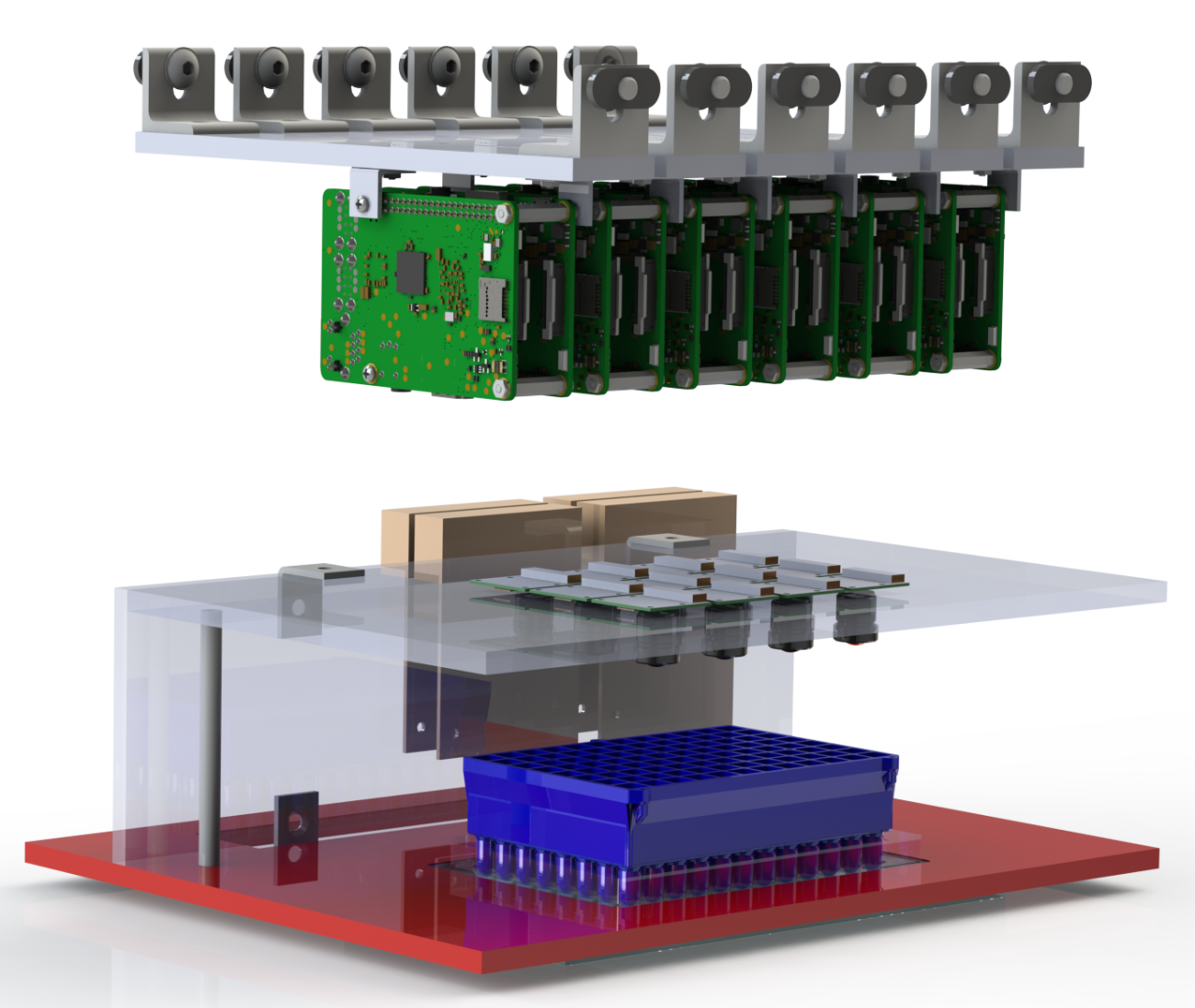
Photo: NIBIB
